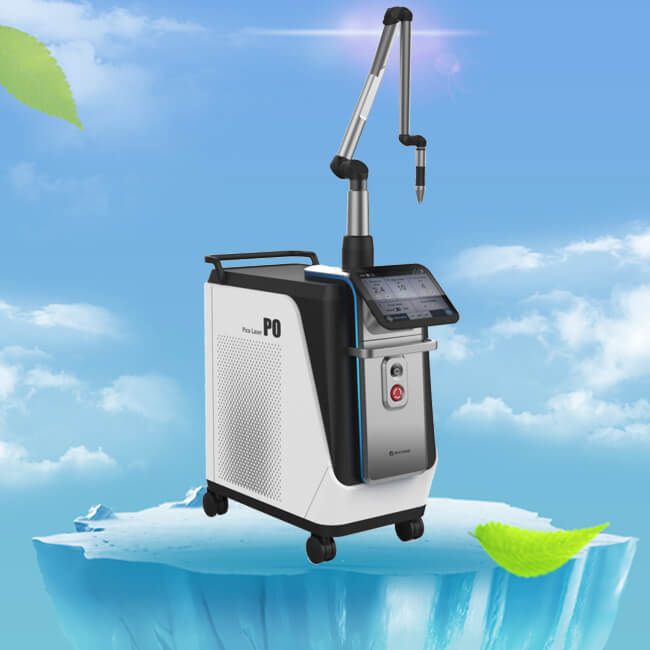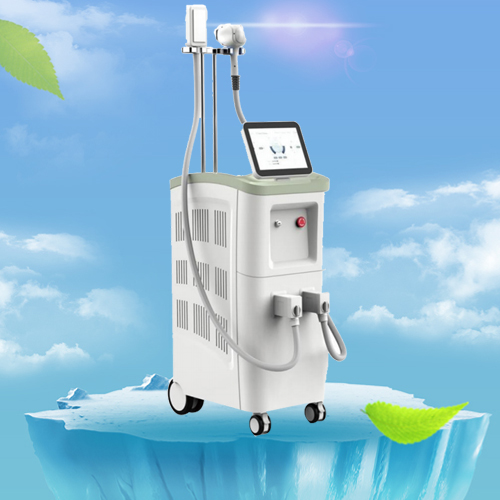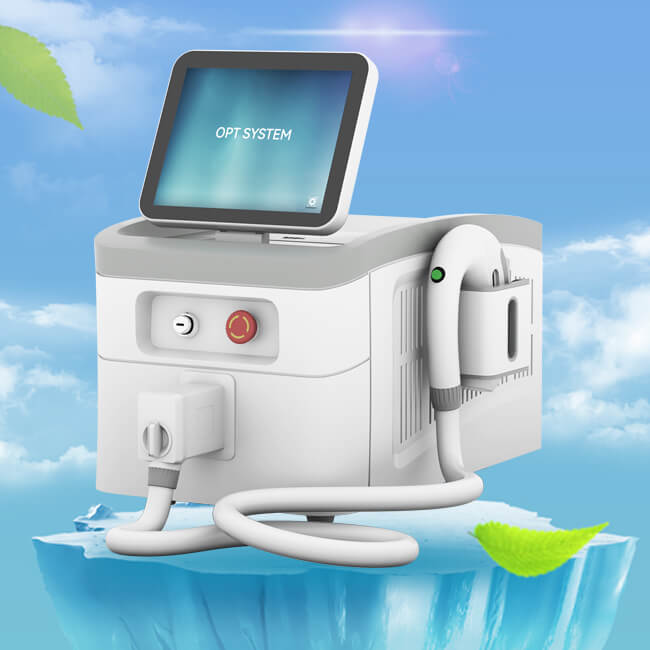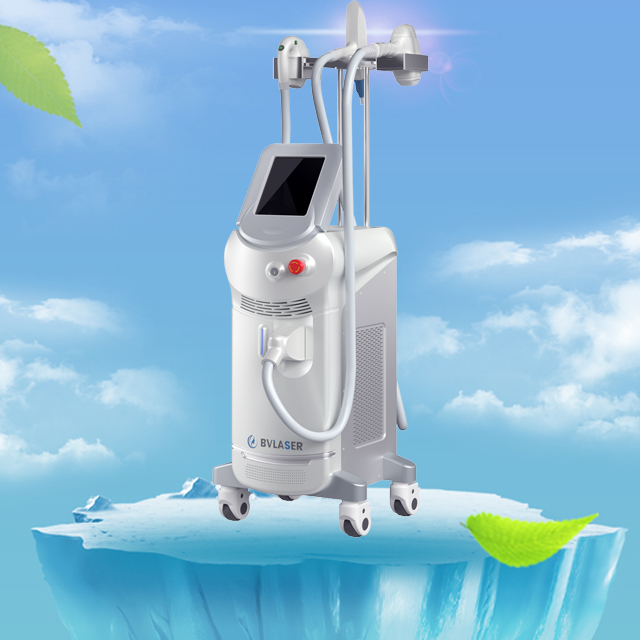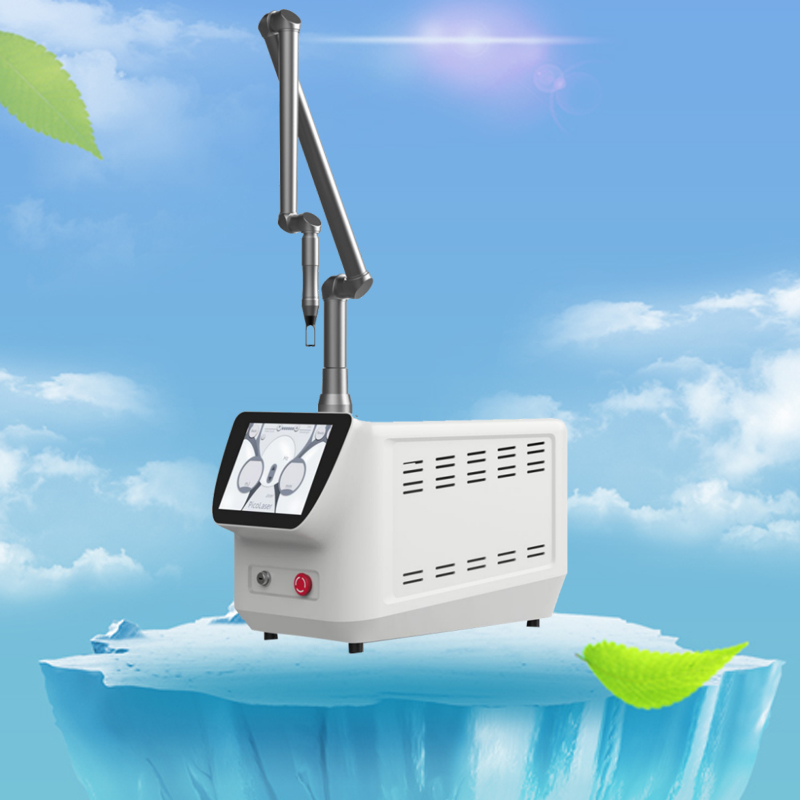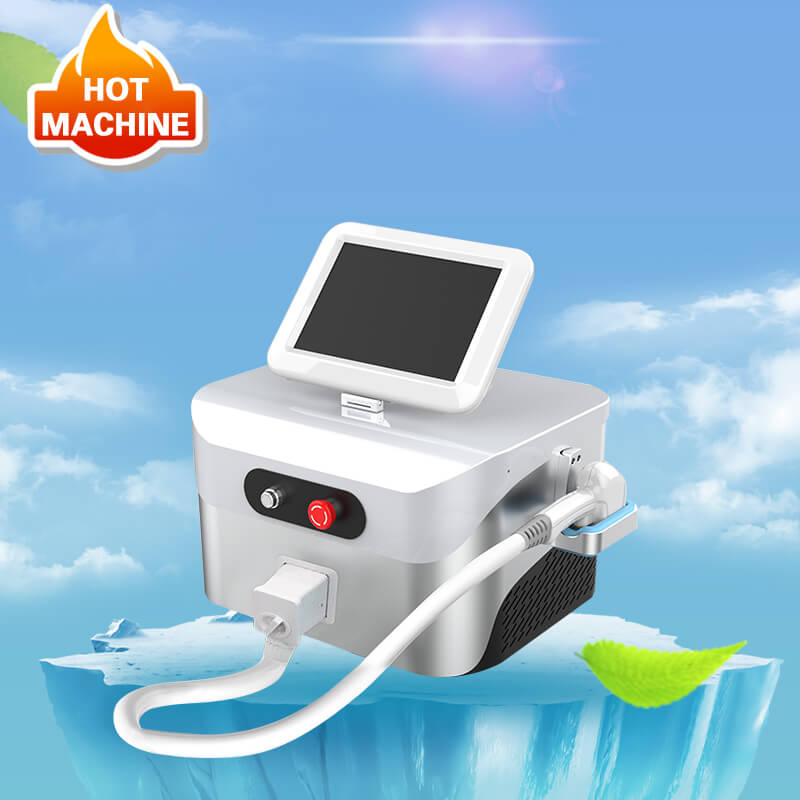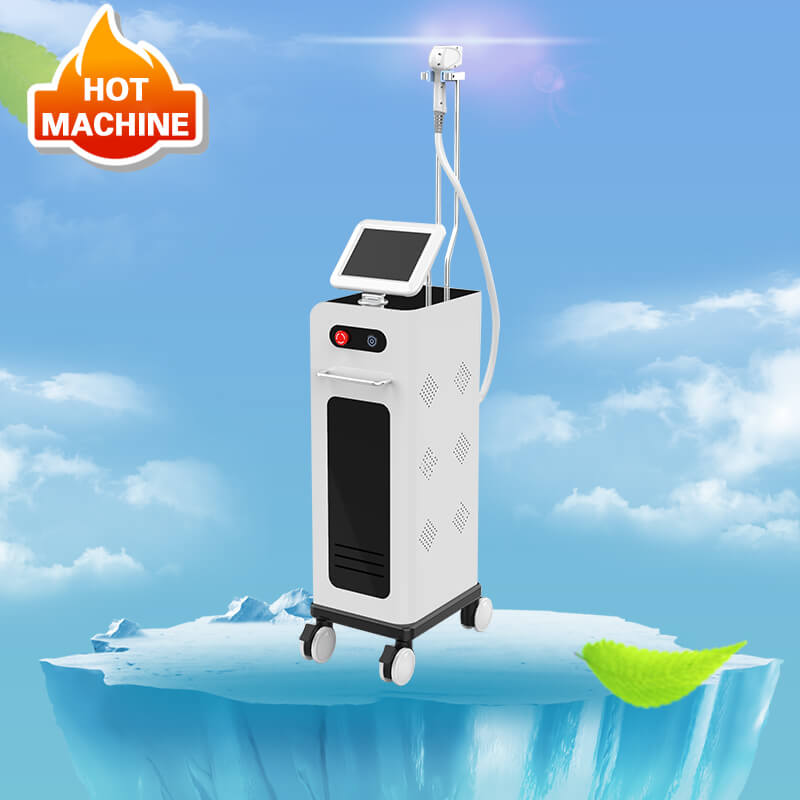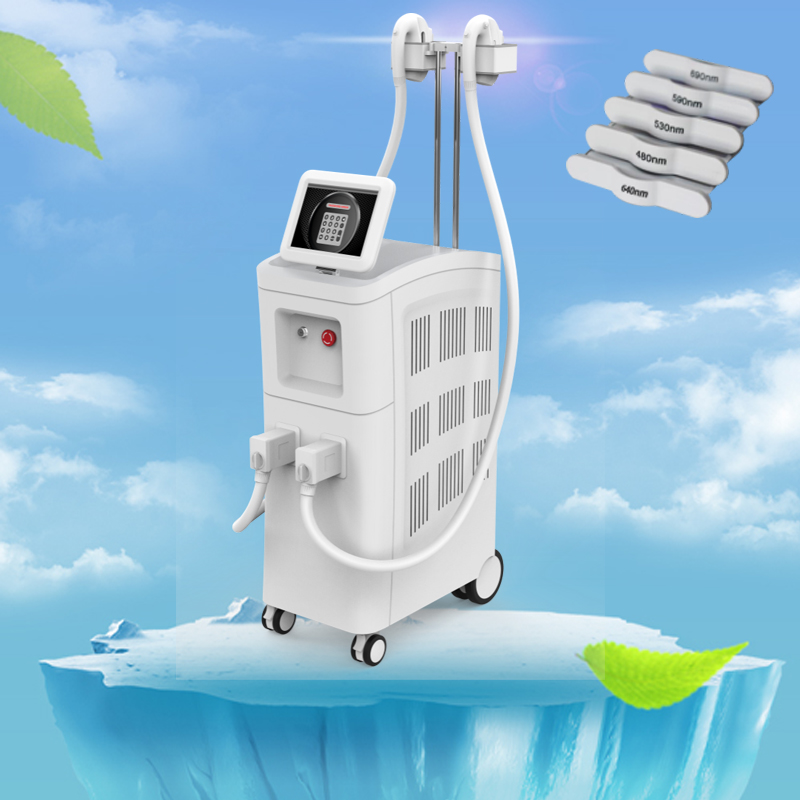How to choose the best picosecond laser?
Author:baishilf Time:2023-11-22 14:56:39
Choosing a picosecond laser tattoo removal machine is not a simple task, as there are many factors to consider, such as the wavelength, power, fluence, spot size, and cost of the device. Here are some tips to help you make an informed decision:
First, you need to determine what kind of treatments you want to offer with the best picosecond laser machine. Some common applications are tattoo removal, skin revitalization, pigment removal, acne scar reduction, and wrinkle improvement. Different devices may have different capabilities and limitations for these treatments, so you need to do some research on the available options.

Second, you need to compare the technical specifications of the devices, such as the wavelength, power, fluence, and spot size. The wavelength determines the type and color of the target that the laser can effectively treat. For example, the 755nm wavelength is good for black, blue, and green tattoos, while the 532nm wavelength is good for red, yellow, and orange tattoos. The power and fluence determine the intensity and energy of the laser pulses, which affect the treatment efficacy and safety. The spot size determines the area of the skin that the laser can cover in one pulse, which affects the treatment speed and precision.
Third, you need to consider the cost and maintenance of the device. High power picosecond laser not cheap, and they may require regular servicing and calibration to ensure optimal performance. You need to factor in the initial investment, the operating cost, and the potential revenue of the device. You also need to check the warranty and after-sales service of the device manufacturer or supplier.
Fourth, you need to test the device yourself before buying it. You can ask for a demo or a trial session from the device manufacturer or supplier, or visit a clinic that uses the device and observe the results. You can also ask for feedback from other users or experts who have experience with the device. This way, you can evaluate the device’s performance, ease of use, and customer satisfaction.

What is the difference between picosecond and nanosecond lasers?
The difference between picosecond and nanosecond lasers is mainly in their pulse duration, which is the time that each laser pulse lasts. A picosecond is a trillionth of a second, while a nanosecond is a billionth of a second. Therefore, a picosecond laser has a much shorter pulse duration than a nanosecond laser.
The pulse duration affects the way the laser interacts with the material being treated. A shorter pulse duration means that the laser delivers more energy in a shorter time, creating a stronger shockwave effect that breaks up the target material into smaller particles. A longer pulse duration means that the laser delivers less energy in a longer time, creating a weaker shockwave effect that melts and vaporizes the target material.
The advantage of a shorter pulse duration is that it reduces the heat build-up and thermal damage to the surrounding tissue, resulting in more precise and less invasive treatments. The advantage of a longer pulse duration is that it is more efficient and less expensive, as it requires less energy input and maintenance.
Depending on the application, different types of lasers may be preferred. For example, nanosecond lasers are commonly used for laser cutting and welding, where the surface of the material needs to be preserved. Picosecond lasers are commonly used for micromachining and semiconductor manufacturing, where high precision and minimal thermal impact are required.





